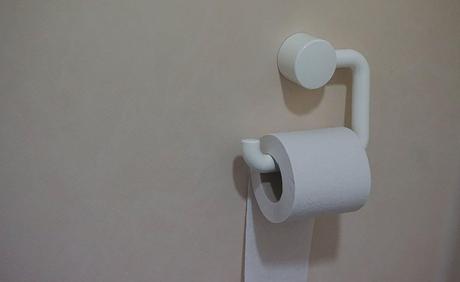
Toilet papers, toilet rolls, toilet tissue, loo roll, or whatever you want to call it, is a product of tissue paper that its primary purpose is to clean the surrounding area with feces or anus after a person defecates. And in females, it is to clean their vulva and urine perineum after urinating or releasing of other bodily fluids.
It can also be a protection layer for an individual's hands during those processes. It's commonly a long strip supply of paper that is perforated and wrapped around its core of paperboard to store near the toilet's dispenser. Some of the modern-day toiler papers are made so that it can decompose in a septic tank, whereas most facial and bathroom tissues do not decompose.
The toilet papers also come in different amounts of plies, from one to six plies, and other toilet papers have thicknesses that are back-to-back so that it can provide more absorbency and strength. While there are more facts about it, here are some of those toilet paper facts.
People Used Many Things for Cleaning Before Toilet Paper
The substitute items for toilet papers in ancient times include moss, husks, hemp, hay, fruit peels, ferns, and corncobs. However, in the early civilizations, they used items like wool, stones, seashells, sand, and even broken pottery.
In ancient Rome, they attach the sponge to the toilet at the end of sticks, and it is called tersorium or xylospongium. Romas shares the sponges if they use communal toilets. They only soak the sponges in vinegar or brine solution after using them. The Romans stop using this method when diseases spread because of the gathering of bacterias in those sponges.
The Person Who Brought The Modern-Day Toilet Paper to The U.S is Joseph Gayetty
Joseph Geyetty is the first person to introduce a commercial toilet paper in America way back in 1857. The toiler paper that Gayetty bought is made from a pure Manila hemp paper, and each of the sheets has watermarks of "J C Geyetty N Y." Initially, he decided to put the product in the market for medical purposes, because it has aloe and commercialized as a product for anti-hemorrhoid. Gayetty sells his product for 1,000 sheets per dollar. However, the product was not successful.
Hemp Toilet Papers are Beneficial Than it Looks
The process of toilet paper manufacturing can sustain an environment-friendly and doesn't require pesticides or fertilizers. Moreover, it will only take 70 days for the manufacturers to harvest hemp, and the process requires little water, and it can rebalance nutrients in the soil. It has fiber contents, which is also ideal for the number of material that is needed to make toilet papers.
Toilet Paper is Made of Virgin Paper
To make virgin paper, you need to combine both hardwood and softwood trees. Some materials used in making toilet papers include water, chemicals, and bleaches. As for the toiler paper that is recycled, the materials include peroxide or sodium hydroxide, oxygen, and ozone.
There's a Point Where Toilet Papers are Processed Through Pressure Cooker
Part of making a toilet paper is to use a machine called a digester, which will take at least three hours of cooking the papers. After that process, it must go through a washer system that has multistage and chemically processed until it is creped. Converting machines will unwind, slit, and rewind those papers to the long cardboard tubing to create a paper log. Finally, cutting the papers into wrapped and rolls packages.
Takeaway
Now that you have ideas about the toilet paper facts, you might want to know more about it. There are more facts that this type of paper has to offer. The evolution is impressive on how it becomes a modern-day toiler paper.
